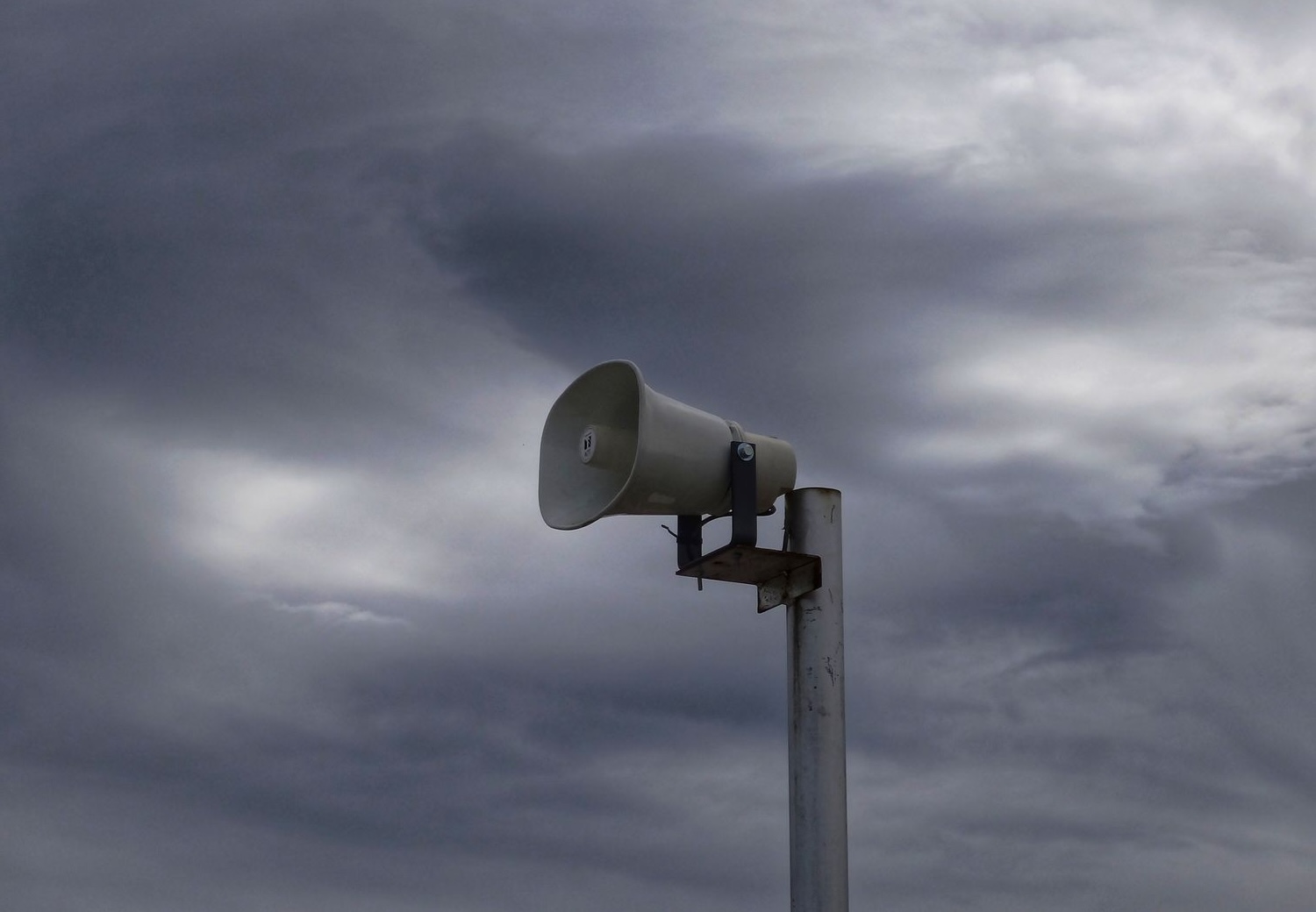
What is a tornado warning? A tornado warning means a tornado has been sighted or indicated by weather radar. It's a serious alert that requires immediate action to protect life and property. Tornadoes are violent windstorms characterized by a twisting, funnel-shaped cloud. They can cause massive destruction in minutes. Knowing what to do when a tornado warning is issued can save lives. This blog post will cover 15 crucial facts about tornado warnings. From understanding the difference between a watch and a warning to knowing the safest places to take shelter, these facts will help you stay prepared and informed.
What is a Tornado Warning?
A tornado warning is a critical alert issued when a tornado has been sighted or indicated by weather radar. These warnings are essential for public safety, urging people to take immediate action to protect themselves.
-
Issued by the National Weather Service: The National Weather Service (NWS) is responsible for issuing tornado warnings in the United States. They use advanced radar and storm spotter reports to detect tornadoes.
-
Duration: Tornado warnings typically last for about 30 minutes. However, they can be extended if the threat persists.
-
Difference from a Tornado Watch: A tornado watch means conditions are favorable for tornadoes to form, while a tornado warning means a tornado has been spotted or detected.
How Tornado Warnings are Communicated
When a tornado warning is issued, it's crucial that the information reaches the public quickly and effectively. Various methods are used to ensure everyone gets the message.
-
Emergency Alert System (EAS): The EAS interrupts radio and television broadcasts to deliver urgent weather warnings, including tornado warnings.
-
Wireless Emergency Alerts (WEA): These alerts are sent to mobile phones in the affected area, providing immediate notification of a tornado warning.
-
Outdoor Sirens: Many communities have outdoor sirens that sound an alarm when a tornado warning is issued. These sirens are designed to alert people who are outside.
What to Do During a Tornado Warning
Knowing what to do when a tornado warning is issued can save lives. Here are some critical steps to take.
-
Seek Shelter Immediately: Find a sturdy building and move to the lowest level, such as a basement. If no basement is available, go to an interior room away from windows.
-
Cover Yourself: Use a mattress, heavy blankets, or even a helmet to protect yourself from flying debris.
-
Avoid Windows: Stay away from windows to avoid injury from broken glass and flying debris.
Tornado Warning Technology
Advancements in technology have significantly improved the accuracy and timeliness of tornado warnings.
-
Doppler Radar: Doppler radar helps meteorologists detect rotation in thunderstorms, which can indicate the presence of a tornado.
-
Storm Spotters: Trained volunteers known as storm spotters provide real-time reports of tornadoes and severe weather, aiding in the issuance of warnings.
-
Dual-Polarization Radar: This technology provides more detailed information about precipitation, helping to identify tornadoes more accurately.
Historical Tornado Warnings
Understanding past tornado warnings can provide valuable insights into how these alerts have evolved.
-
First Tornado Warning: The first official tornado warning was issued on March 25, 1948, by the U.S. Air Force at Tinker Air Force Base in Oklahoma.
-
Deadliest Tornado: The deadliest tornado in U.S. history occurred in 1925, known as the Tri-State Tornado. It killed 695 people, highlighting the importance of timely warnings.
-
Advancements Over Time: Over the decades, improvements in radar technology, communication methods, and public awareness have made tornado warnings more effective, saving countless lives.
Final Thoughts on Tornado Warnings
Tornado warnings save lives. Knowing the facts about them can make all the difference. Tornadoes are unpredictable, but with the right information, you can stay safe. Always have a plan. Know where to take shelter. Keep a weather radio handy. Pay attention to local alerts. Tornado warnings mean a tornado has been spotted or indicated by radar. Don't ignore them. Seek shelter immediately. Schools, workplaces, and homes should all have a safety plan. Practice these plans regularly. Remember, tornadoes can happen anywhere, not just in "Tornado Alley." Stay informed about the weather in your area. Technology helps, but personal preparedness is key. Share this knowledge with family and friends. The more people know, the safer everyone will be. Stay safe, stay informed, and always respect the power of nature.
Was this page helpful?
Our commitment to delivering trustworthy and engaging content is at the heart of what we do. Each fact on our site is contributed by real users like you, bringing a wealth of diverse insights and information. To ensure the highest standards of accuracy and reliability, our dedicated editors meticulously review each submission. This process guarantees that the facts we share are not only fascinating but also credible. Trust in our commitment to quality and authenticity as you explore and learn with us.
